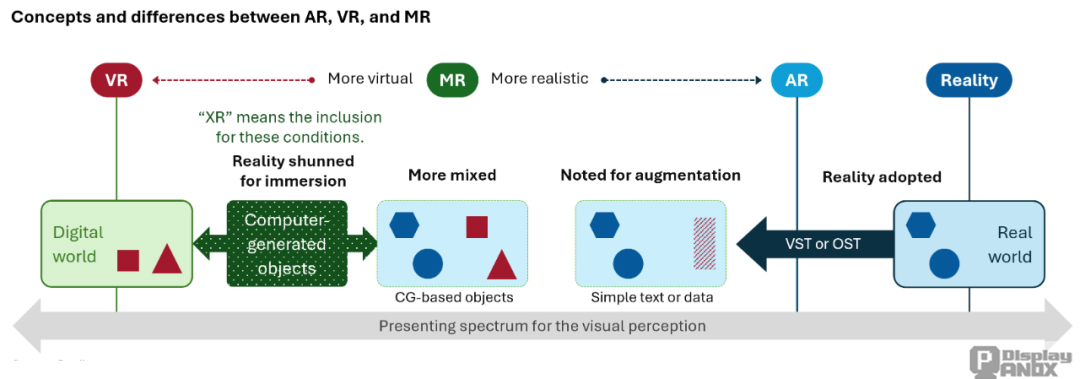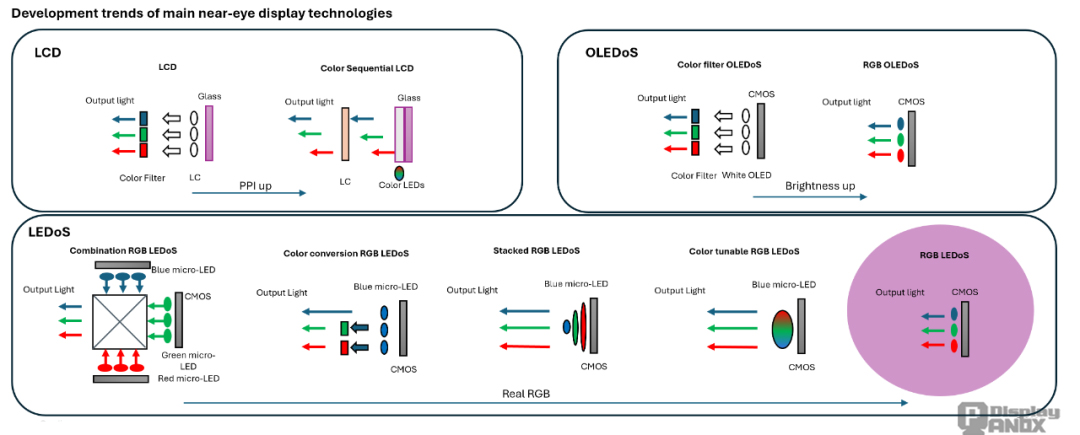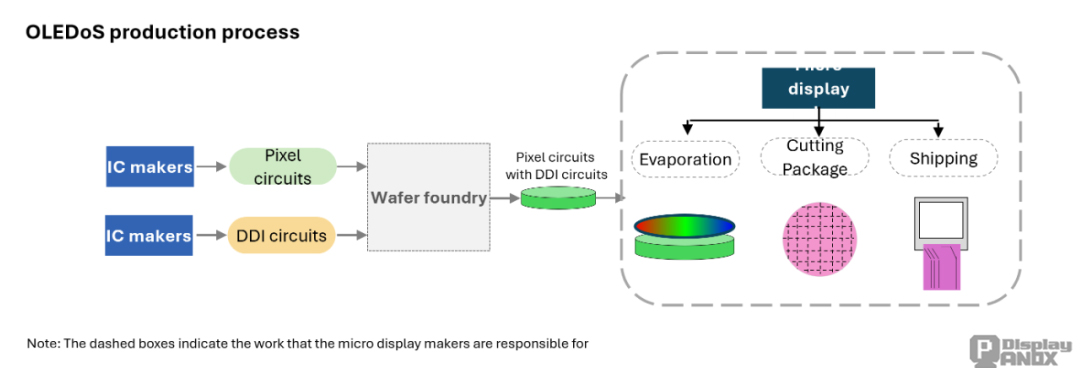In 2024, global AR/VR device shipments exceeded ten million units, marking a pivotal shift toward the age of spatial computing. With flagships like Apple’s Vision Pro and Meta Quest 3 leading the charge, silicon-based display technology has emerged as the keystone of next-gen human-computer interaction. Not only does it enable hyper-realistic merging of digital and physical worlds, but it also drives the miniaturization of devices—reshaping what’s possible in VR head mounted displays, smart glasses, and compact wearables.

Silicon-based Displays: A Revolution in Micro-sized Screens
Traditional display panels, limited by glass substrate technology, struggle to break the 1000 PPI ceiling. In contrast, silicon-based micro displays integrate light-emitting components like LCoS and OLED directly onto silicon wafers. This shift enables mini LCD displays and miniature screens as small as 0.3 inches to reach pixel densities of 2000+ PPI—paving the way for immersive, compact solutions such as small LCD screens and display VR modules.
Key Technologies:

LCoS (Liquid Crystal on Silicon): Uses reflected light for full-color rendering. Though slightly bulkier, advanced manufacturing by Sony and JVC has achieved 5500:1 contrast ratios, making it ideal for mixed-reality systems like Microsoft’s Hololens 2.
OLEDoS (OLED on Silicon): Self-emissive and power-efficient, WOLEDoS technology supports vivid cinema-quality imagery in dark VR environments. Leading suppliers like BOE and Visionox are scaling mass production of miniature OLED displays for VR head mounted display systems.
LEDoS (LED on Silicon): These small displays utilize micro-LEDs with a color gamut nearing the limits of human vision. CC LEDoS displays now power outdoor AR glasses with brightness exceeding 3000 nits.
These technologies have enabled the development of small display with HDMI, mini screen modules, and even micro display to DisplayPort configurations for industrial and research use.
From “Screens” to “Spaces”: The Deeper Logic of Substrate Evolution
The migration from glass to silicon wafers marks more than just a reduction in size. It redefines the core logic of display media:
Semiconductor-grade Integration: CMOS fabrication enables direct embedding of pixel drivers with the light-emitting layer, reducing latency to microsecond levels—eliminating the notorious screen-door effect seen in early VR gear.
Waveguide Compatibility: The uniform light emission of silicon-based panels aligns perfectly with optical waveguide tech, making possible ultra-thin AR devices under 10mm in thickness.
Cost Efficiency at Scale: While silicon wafers currently make up over 50% of BOM costs, maturing 12-inch wafer production is rapidly driving down expenses—facilitating low-cost miniature LCD display options and small display stand kits for developers and OEMs.
Vertical Integration vs. Open Ecosystems: The Battle for XR Dominance
As the XR market races toward a $100 billion valuation by 2030, two major strategic paths have emerged:
Vertical Integration: Tech giants like Apple and Meta are investing heavily in proprietary SoCs and display modules. Apple’s Vision Pro features an ultra-dense Micro OLED panel (PPI 4000+), exclusive to Sony.
Open Ecosystem: Chinese manufacturers such as Goertek and Sunny Optical promote modular, interoperable solutions. For example, the 2024 Tianbird X2 launched with domestically produced silicon-based OLED and a retail price of just 3999 yuan—ideal for companies building display for VR solutions with small displays and mini LCD displays.
Blending Virtual and Real: Silicon-based Displays in Action
Industrial Applications: AR glasses using LEDoS tech offer real-time millimeter-level overlay guidance for machine operations.
Consumer VR: Headsets with OLEDoS deliver 120Hz refresh rates and cinematic quality in titles like Half-Life: Alyx, while significantly reducing motion sickness.
Healthcare: LCoS-based surgical navigation systems now support stereoscopic 3D targeting with 0.1mm precision—redefining image-guided procedures.
Conclusion: The Small Display Evolution Has Arrived
As pixel density grows 15% year-over-year and 1000-nit brightness becomes the baseline, XR hardware is transitioning from novelty to necessity. The once-niche miniature screen and display VR market is now central to productivity, design, simulation, and training. The winners in this new arena will be those who innovate at the pixel level—from micro display to DisplayPort modules to small display with HDMI solutions ready for real-world immersion.

















